
Our Blog
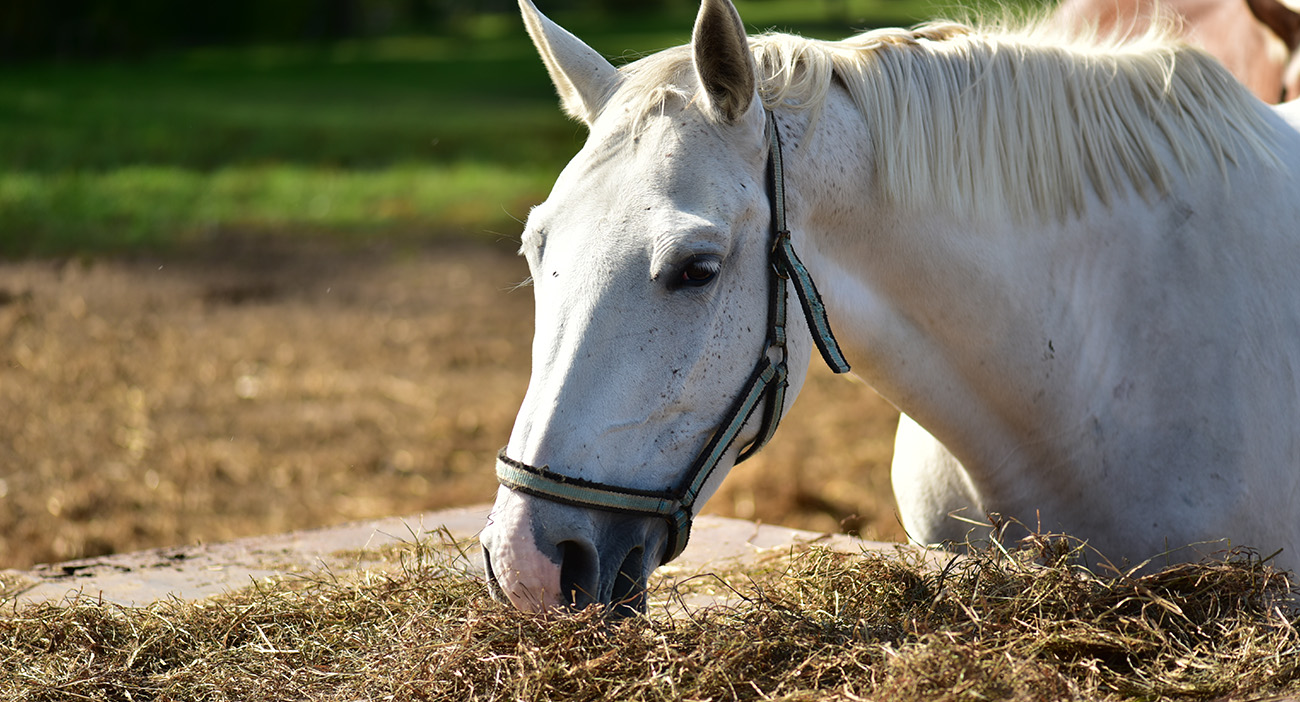
June 30, 2022
Compeition Horses: Managing Forage and Water Intake
When travelling our horses, for competition or otherwise, it’s important to give them the opportunity to eat and drink regularly. Some horses are happy to eat forage any time, including on the go. Others are less keen, either showing no interest at all or choosing to only eat when stationary.
Most horses, given time and training, will adapt to eating whilst travelling. Being aware of how your horse chooses to eat whilst travelling is key to supporting their best performance and managing any potential issues.
Why are forage and water intake important to performance?
Performance horses have the potential to be predisposed to gastrointestinal issues. This includes gastric ulcers and colic. Knowing their feeding habits at home and during travel allows for better management. This reduces the risk of gut discomfort limiting your horse's performance.
Forage can also provide the means to keep your horse hydrated. This is because the fibre sits in the gut acting as a reservoir for fluid and electrolytes. Maximising and ensuring consistent forage intake reduces the risk of dehydration.
For performance horses, just a 2% loss of water can be detrimental to their performance. Keeping tabs on water and forage intake can be the difference between a good day and a great day. During travel, a horse can lose around 0.5% of its body weight for every hour of travel through fluid loss. This makes the length of time you are travelling, and stop breaks, a key area for consideration.
How much should my horse be eating and drinking?
This very much depends on the duration of travel and what you expect of them at the other end. As a general guide, horses will eat around 1kg of forage in an hour. We would expect this amount to reduce slightly whilst travelling, so use this as a basic guide.
An idle horse requires around 5 litres of water, per 100kg of body weight per day. In context, a 500kg horse will require about 25 litres of water each day. In hotter conditions, on days where a horse has exercised hard, and during travel, this requirement will increase to account for the water lossed through sweat.
How can I track forage and water intake when travelling and competing?
First things first - monitor your horse while travelling. This can be as simple as weighing your haynet when you put it in and again when you get to the other end. It can be quite surprising how much or how little they consume. Don’t forget to collect any that has been dropped on the floor. It is common for many horses to snatch at their forage, removing it from the net but not eating it!
As with hay or haylage, you can also track what is normal for your horse to be drinking each day. Bear in mind that increased exercise and travelling can increase water intake beyond what you might see at home.
What can I do to maximise my horse's forage and water intake?
We recommend planning a stop every 2-4 hours during travel, but even more frequently in warm weather. If your horse does eat while travelling, regularly provide water too (even when feeding haylage, which holds more moisture). Providing water stops is essential for preventing dehydration.
And if your horse doesn’t eat while travelling use these stops to give them a chance to both eat and drink. If your horse won’t consume forage in their horsebox or trailer, you can try and provide alternative high-fibre feeds. You could try chaffs, sugar beet and other soaked fibre feeds.
Offer these feeds at regular intervals and make sure that you introduce them gradually. Don't introduce them for the first time on the day of travel. Sudden changes to your horse's diet increase the risk of gastrointestinal issues so preparation is key!
You can maximise your horse’s water intake in several ways:
Promote water intake through the feed. Choosing haylage or soaking/steaming hay can increase intake. It will also help to reduce respirable particles in an enclosed travelling space. You can use soaked feeds like beets which provide both water and fibre or add succulents like apples and carrots to the diet. While these alone will not hydrate a dehydrated horse, every little helps.
Some horses dislike the taste of ‘foreign water’ (water that tastes different to what they have at home). Those that do may drink less or refuse water when travelling or staying away. Counteract this by taking your own water with you from home or for longer stays or journeys. Alternatively, you can introduce your horse to flavoured water. Try adding a little apple juice. Introduce the flavoured water at home ahead of the competition to maximise success.
Where possible, provide water in buckets instead of in automatic drinkers. This way you can monitor water intake more easily.
Can I introduce haylage just for travelling and competing away from home?
This is commonly done and helps occupy your horse when travelling. It can also increase the chances of your horse finishing their forage when competing away. However, it is best not to introduce a completely new forage source too quickly. Quick introductions of new forage can cause digestive disruption, such as loose droppings and colic.
Where possible, introduce the forage you wish to use for travelling or staying away, well in advance (2-4 weeks). This reduces the risk of gastrointestinal discomfort impacting your horse's performance.
—
Most importantly, keep an eye on your horse and look out for changes in behaviour or any signs of gastrointestinal discomfort or dehydration. Always pack more water than you think you’ll need, especially in hot weather, as you never know if your journey may be delayed.
In summary:
Learn what is normal for your horse regarding forage and water consumption. Use this as a baseline when travelling and competing away from home.
When travelling, stop regularly (every two hours) to offer water and alternative fibre sources for those that don't eat forage on the go.
Promote water intake using dampened hay or haylage or soaked fibre sources such as sugar beet.
Introduce new fibre sources well in advance of travelling to reduce the risk of digestive upset.
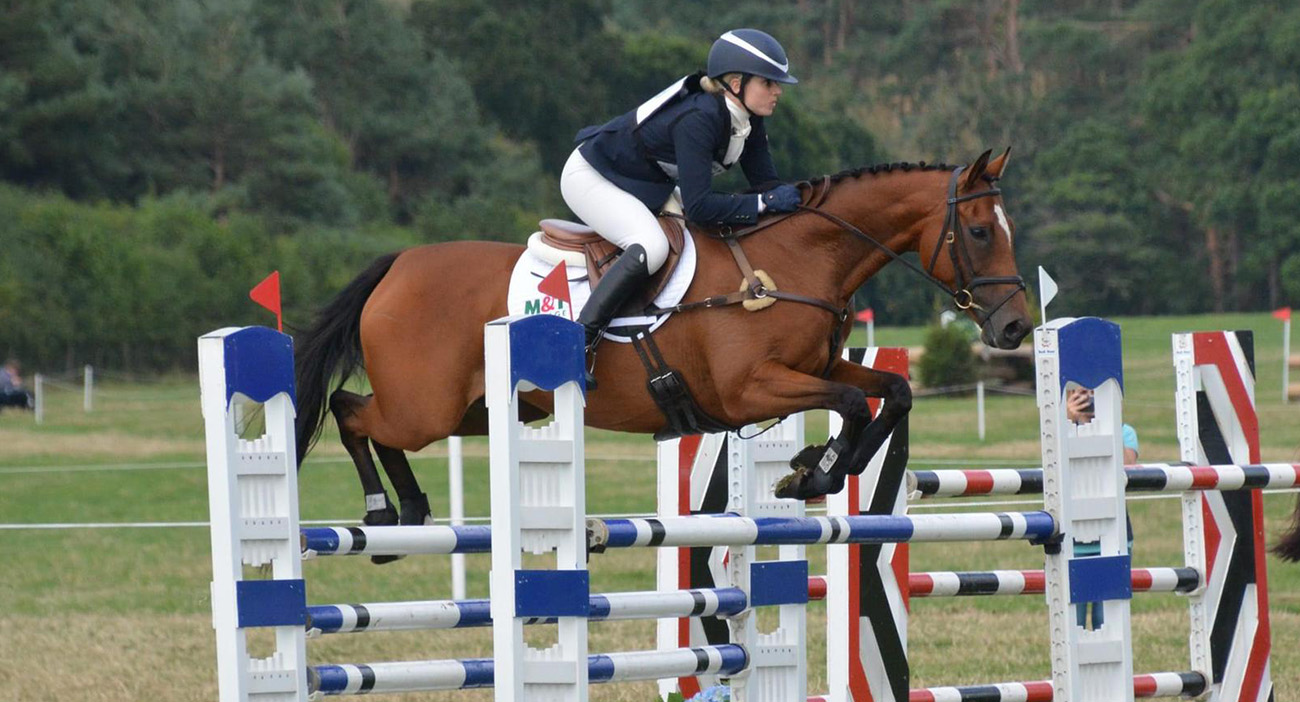
April 4, 2024
Eat, Sleep, Compete, Repeat
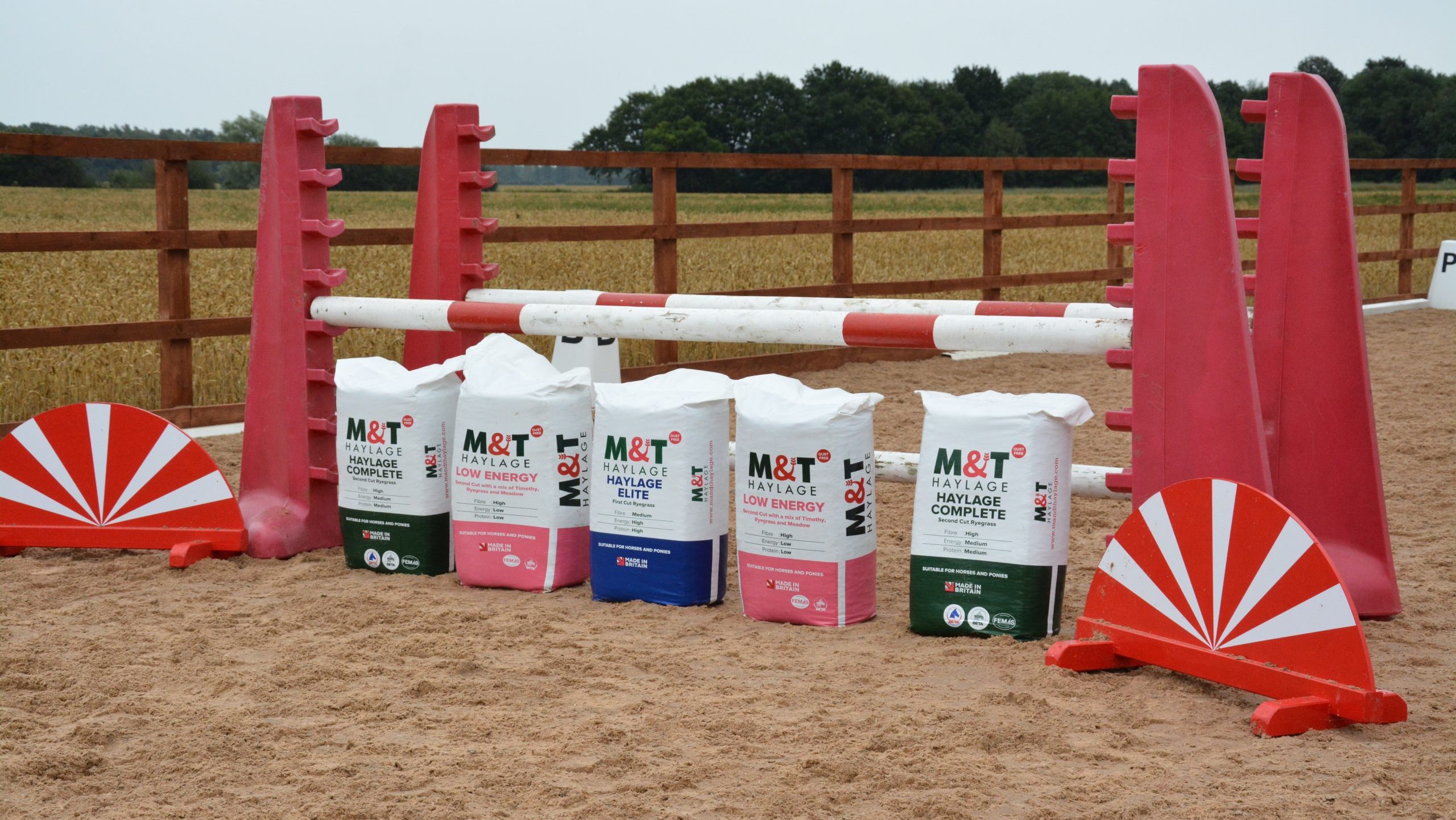
March 8, 2024
Top Tips For Managing Forage On The Go: Part Two

March 8, 2024
Consistency Is Key for Horses
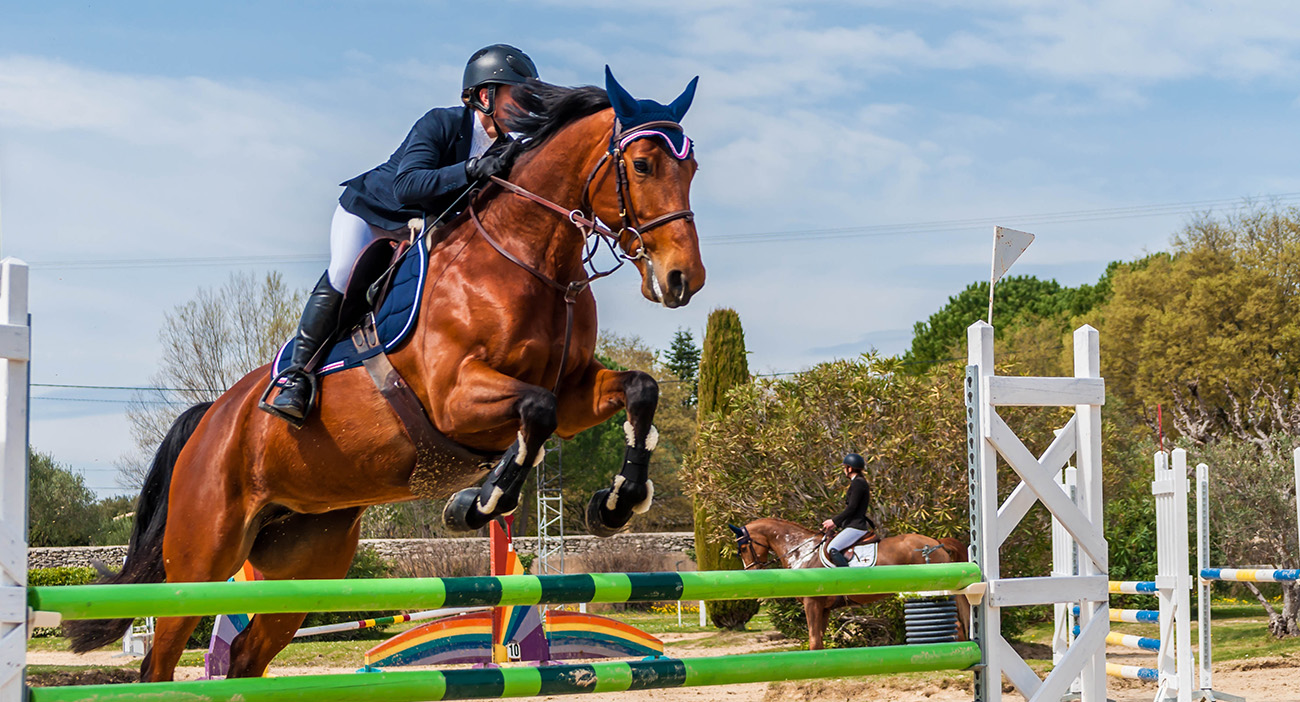
February 19, 2024
Don’t Underestimate The Value of Preparation
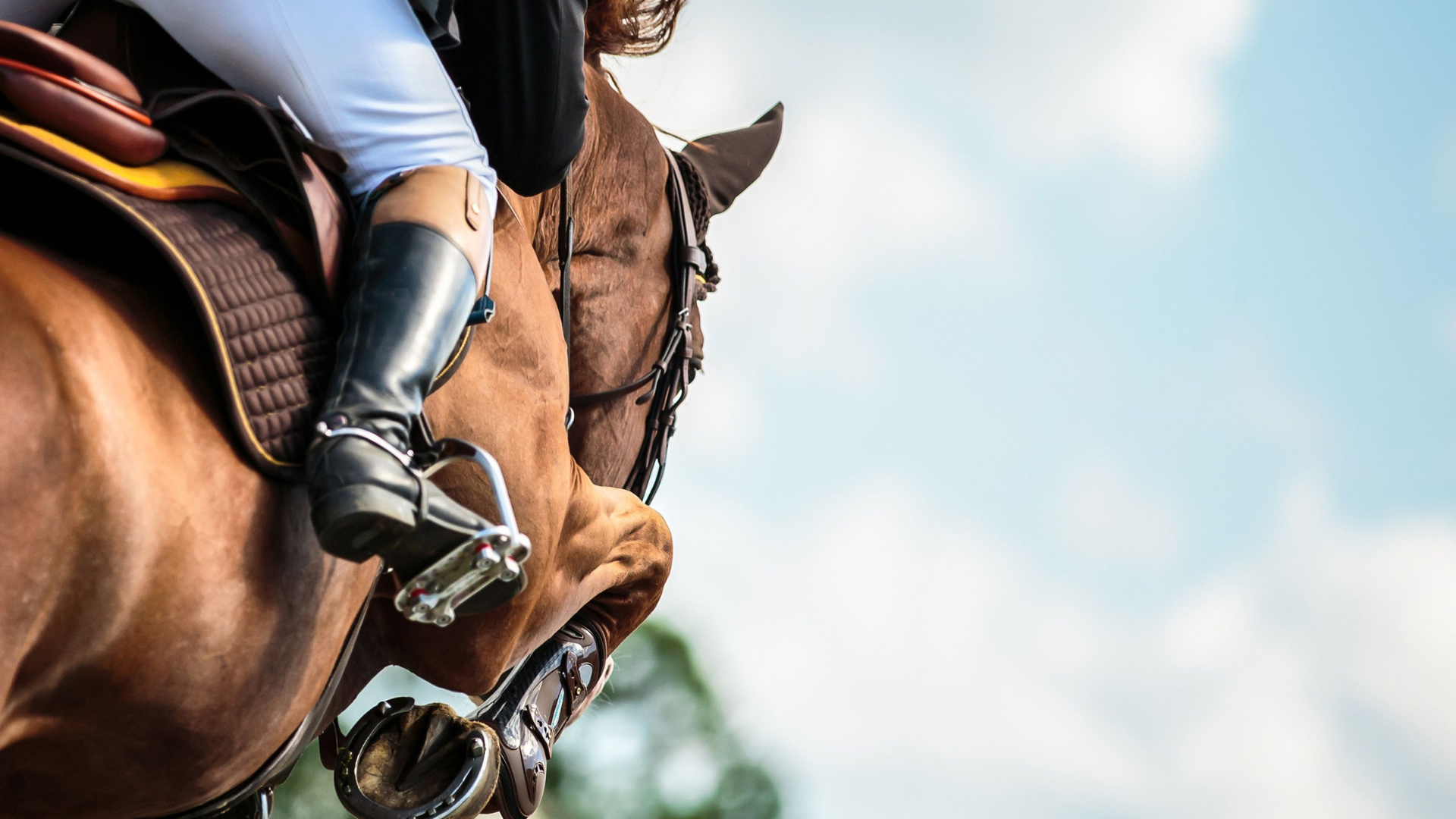
February 6, 2024
Know Your Horse Inside Out
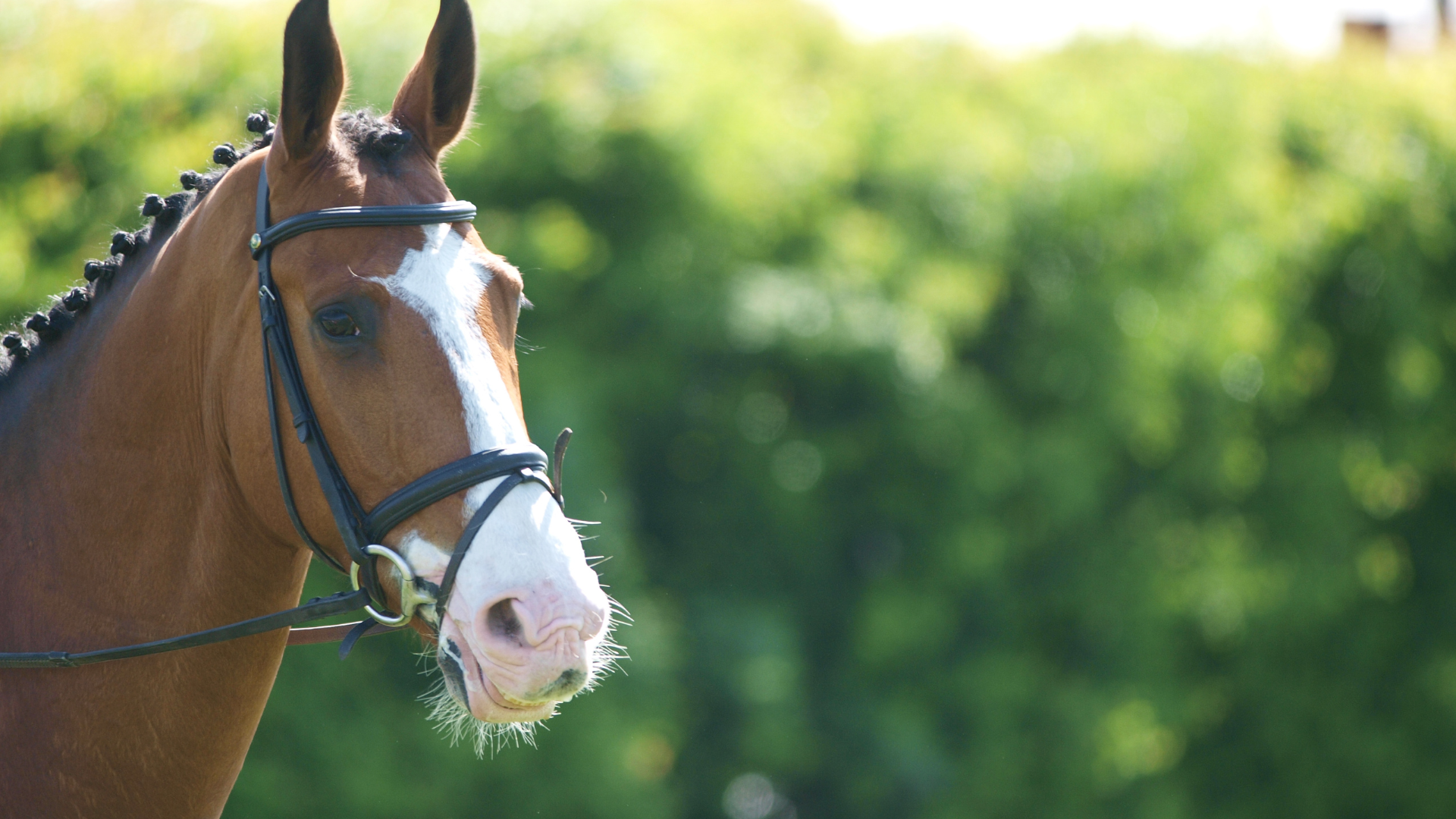
December 11, 2023
How To Get The Most Out Of Your Horse Forage During Winter

November 7, 2023
Which Hay Shall I Feed My Horse or Pony?
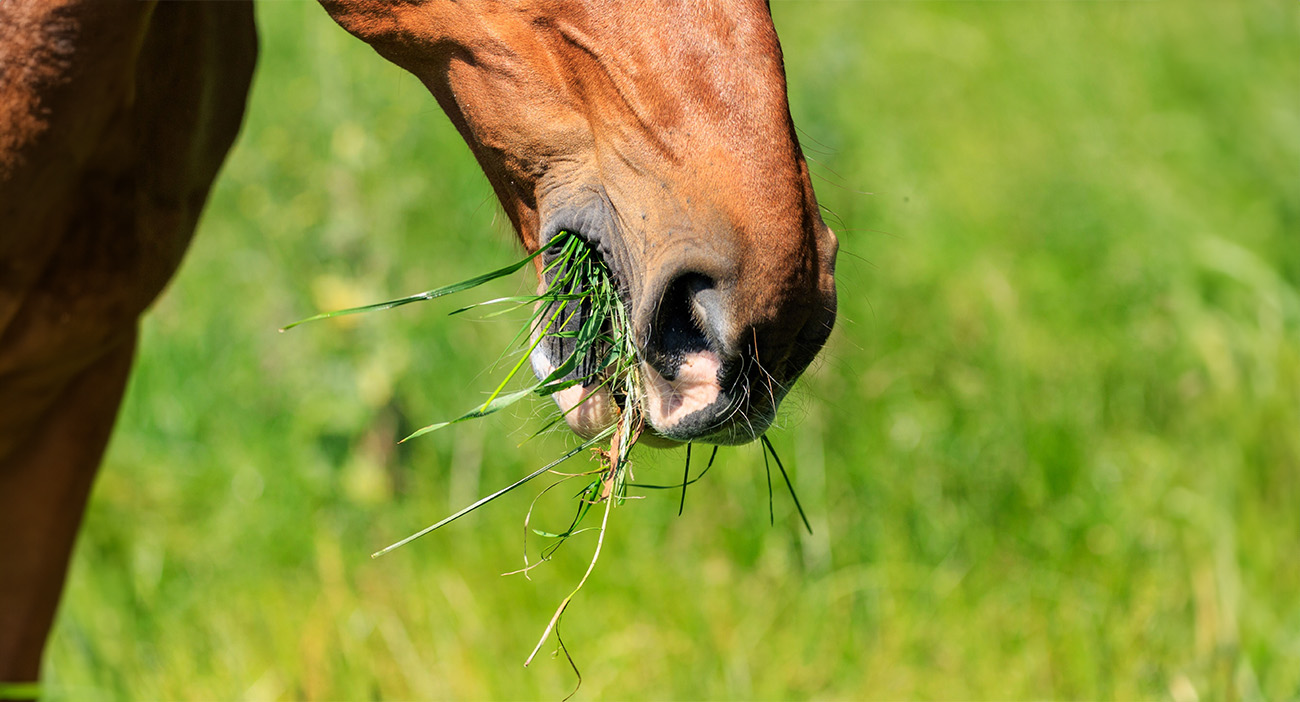
September 14, 2023
Hay Exportation – Why Choose British Hay?

April 24, 2023
Changing Your Horses Diet From Winter to Spring
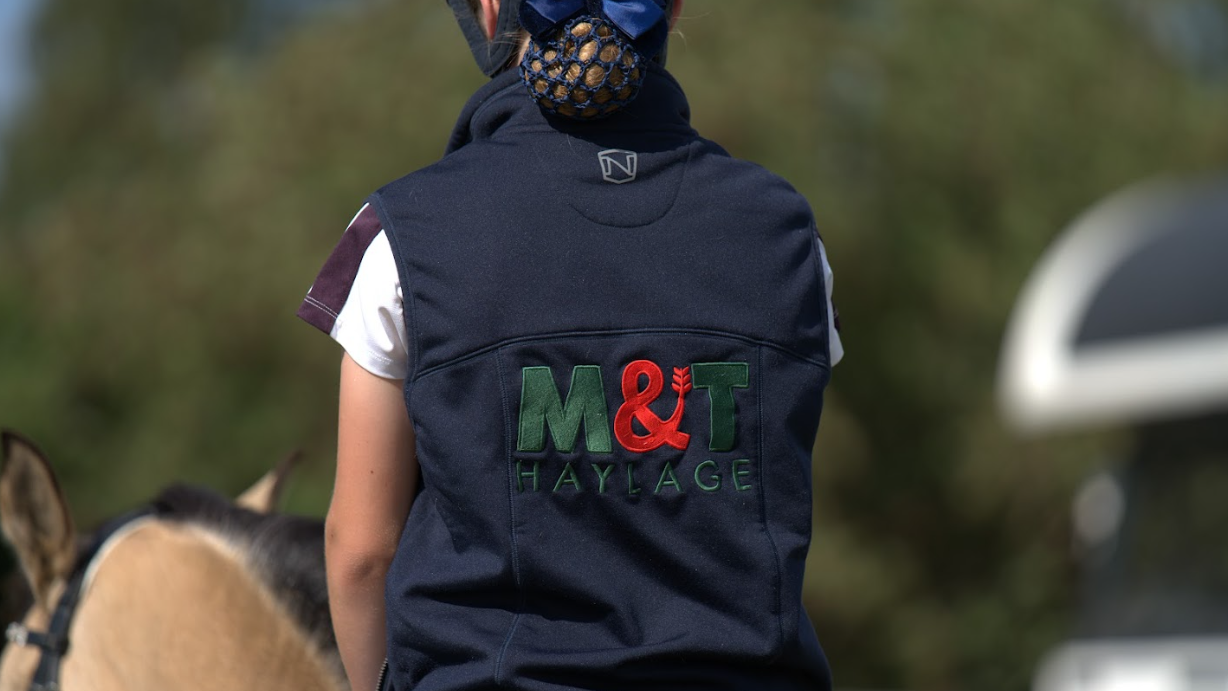
March 3, 2023
Hay vs Haylage: Which Is The Right Option For Your Horse?
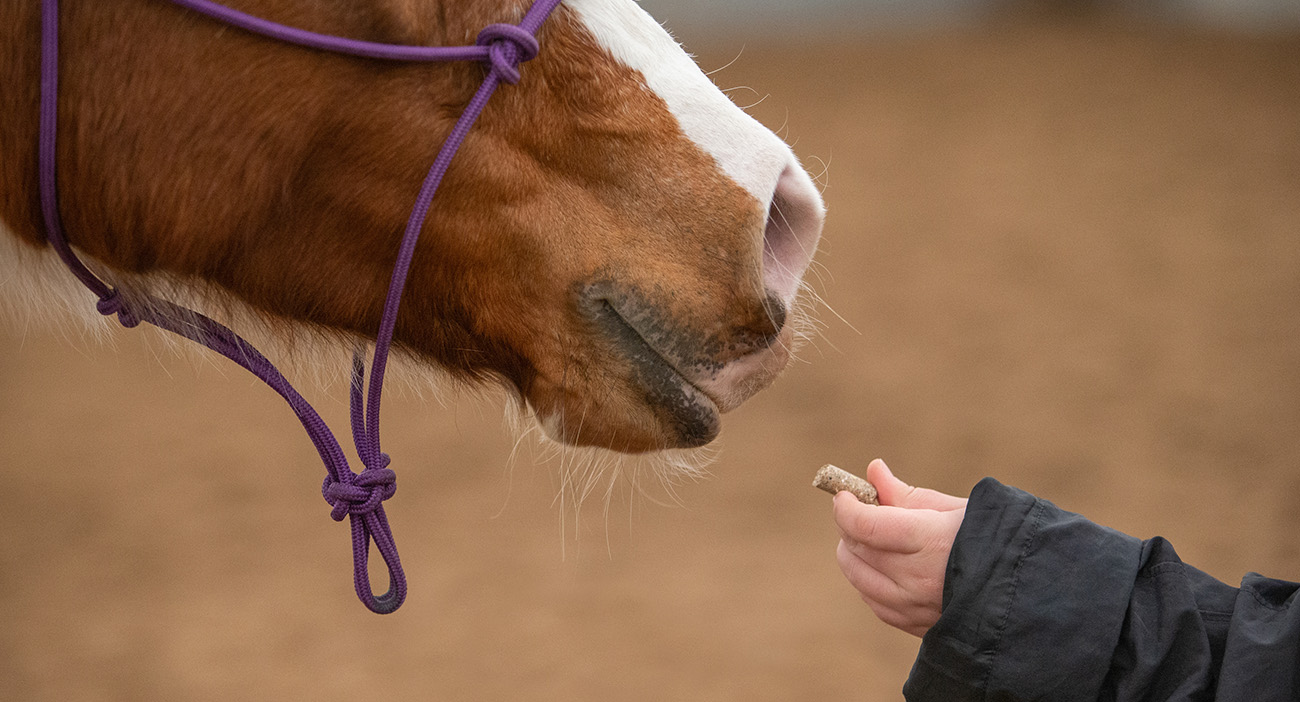
January 13, 2023
How To Bring A Horse Back Into Work After A Break
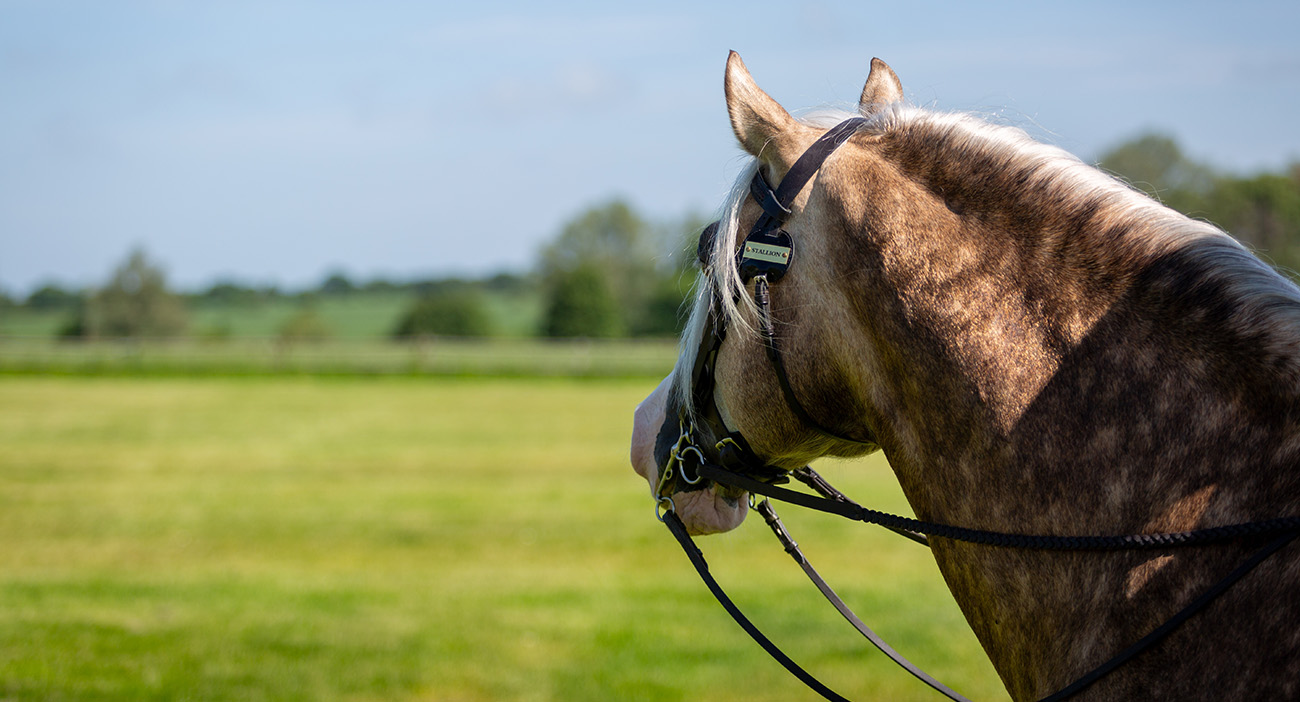
November 23, 2022
How To Body Condition Score Your Horse
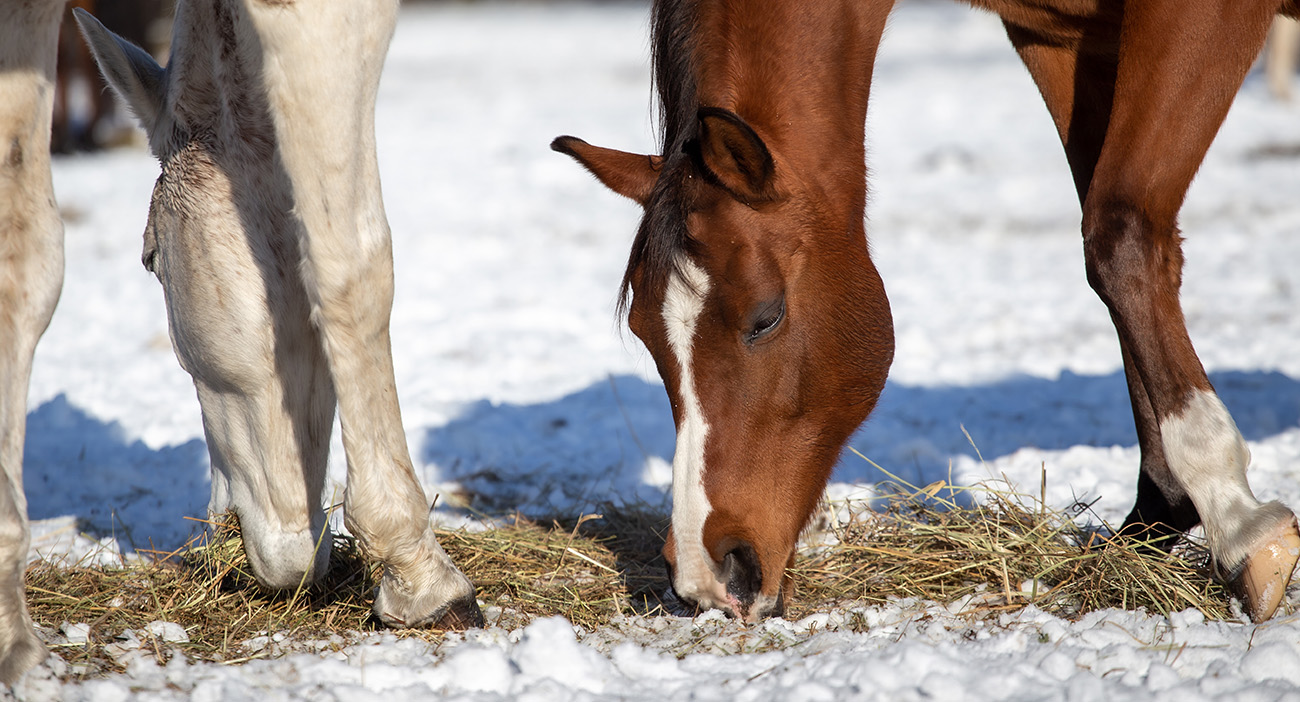
November 7, 2022
Winter Feeding Tips For Horse Owners
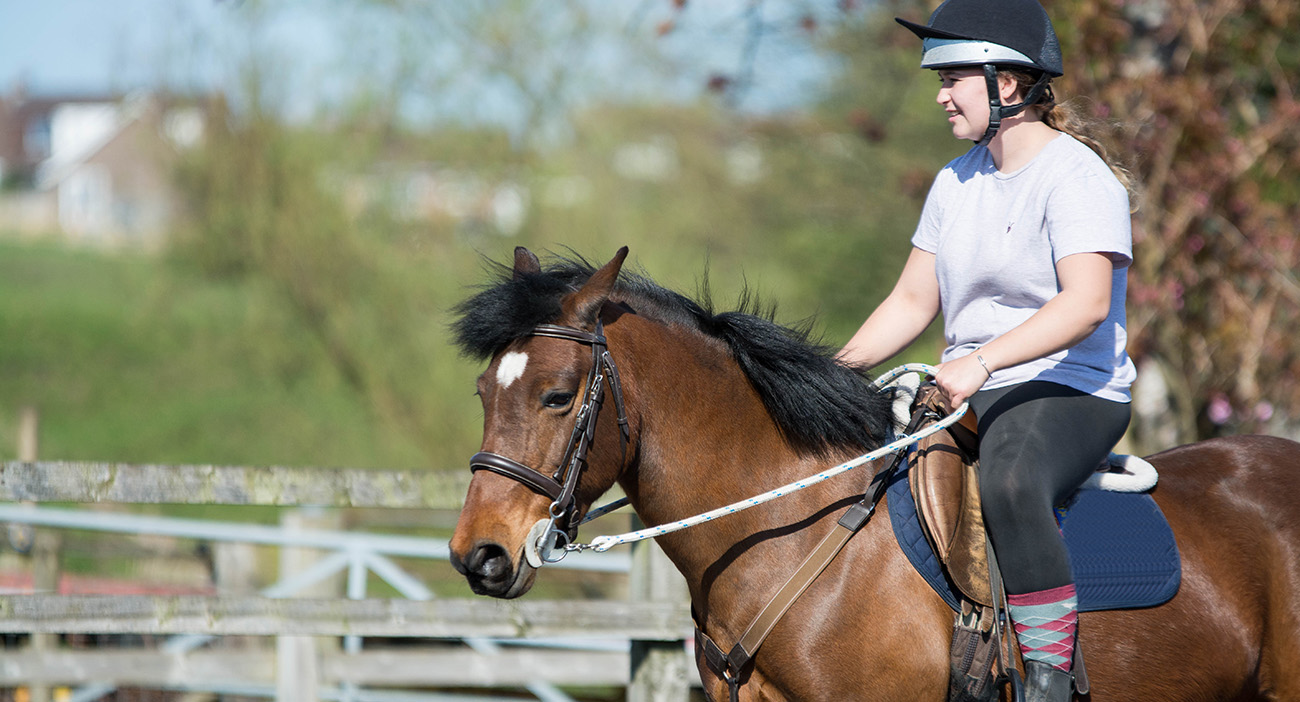
October 20, 2022
Money Saving Tips For Horse Owners
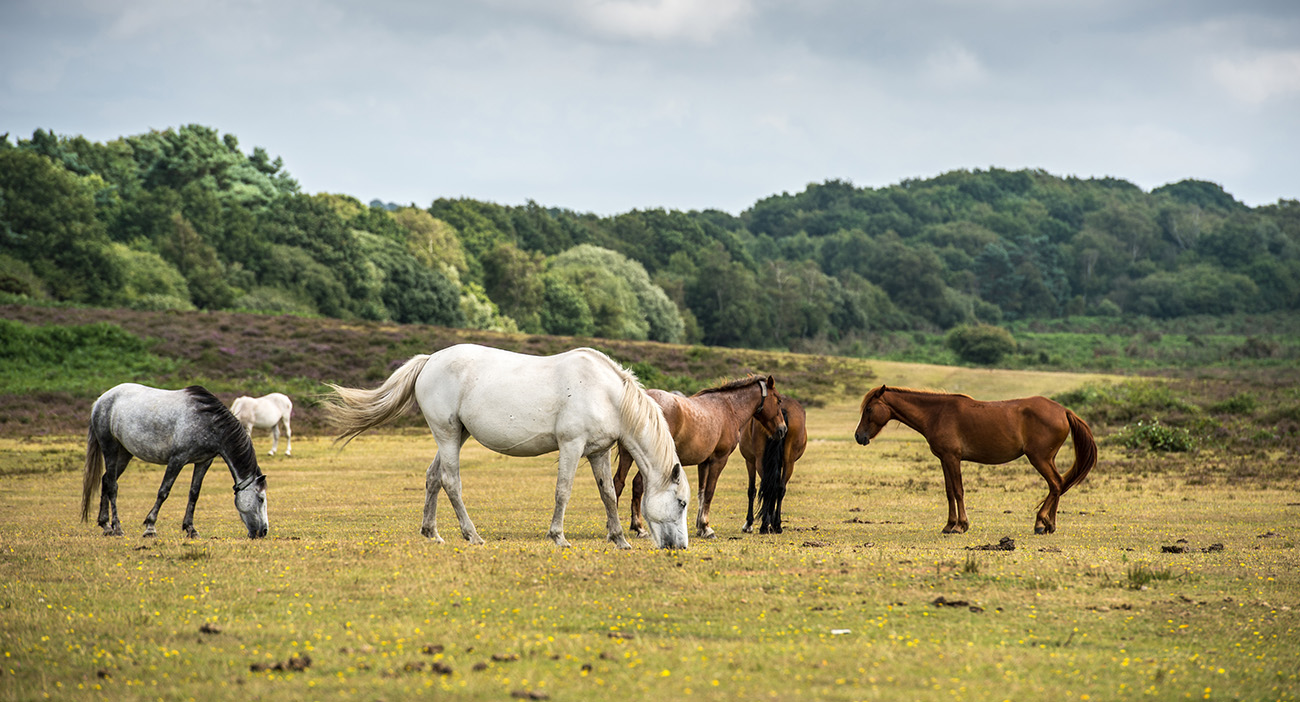
October 3, 2022
8 Ways To Keep Your Horse Entertained

September 30, 2022
Equestrian Question and Answer Session: Sophie Platt
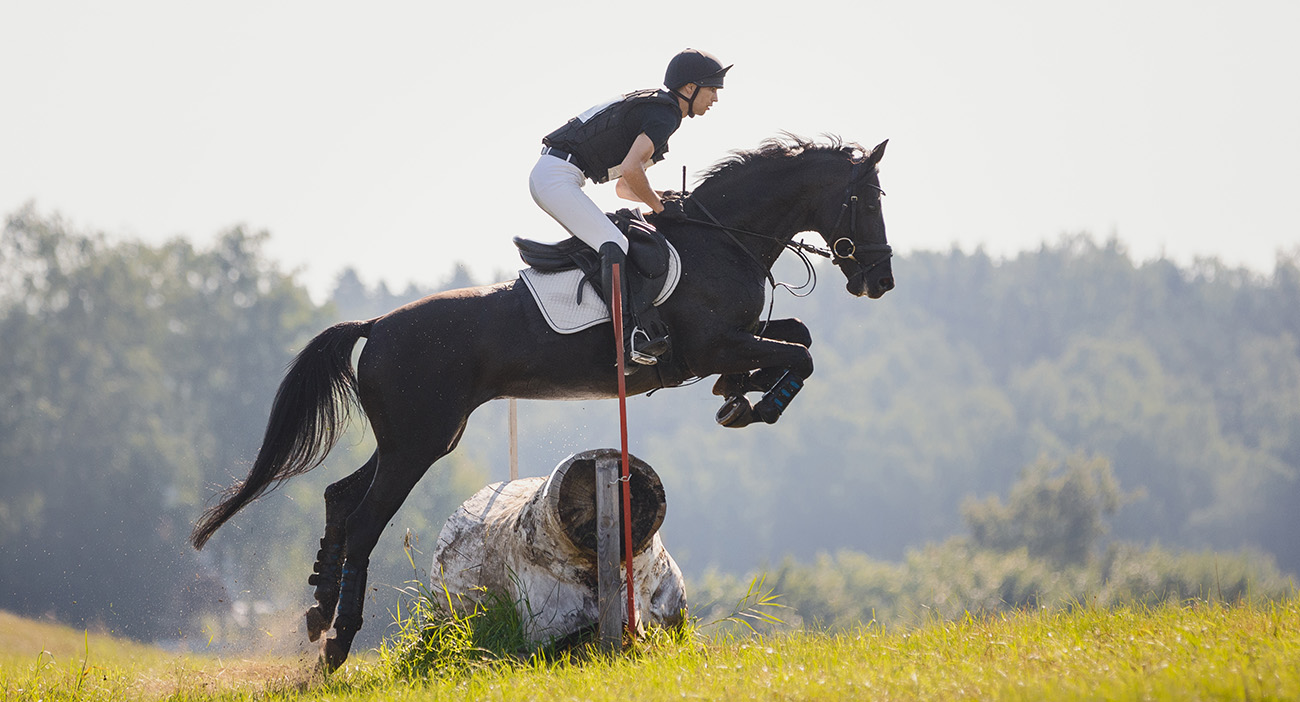
August 25, 2022
Preparing Your Horse For Competition
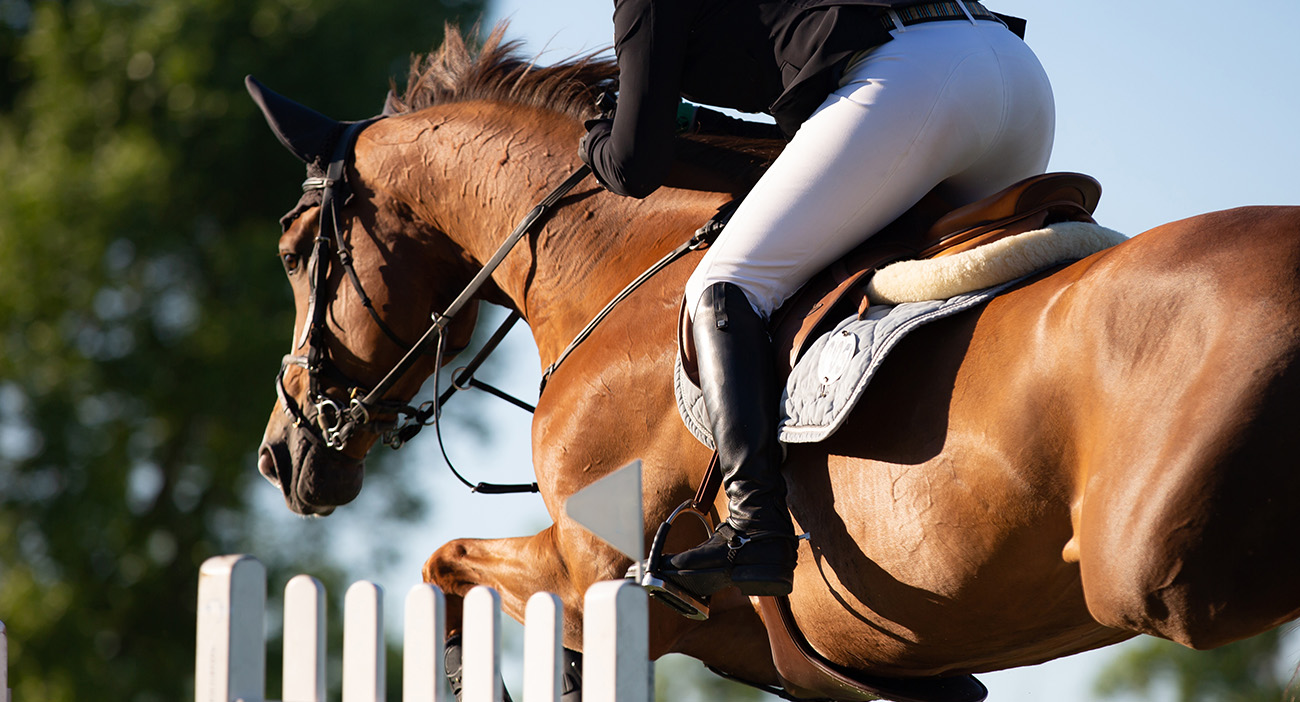
July 28, 2022
What Is Normal For My Horse?

June 30, 2022
Compeition Horses: Managing Forage and Water Intake
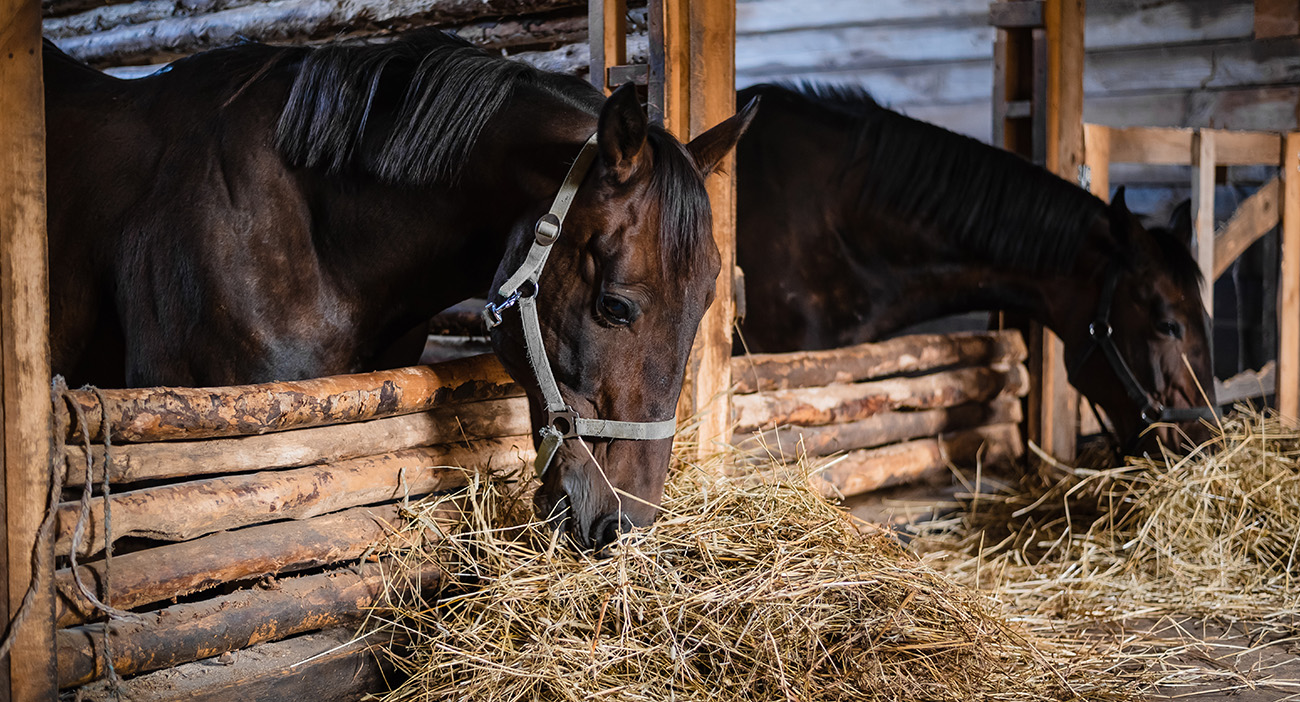
October 1, 2021
How To Feed EMS Horses: Nutritionist Top Tips For Horses
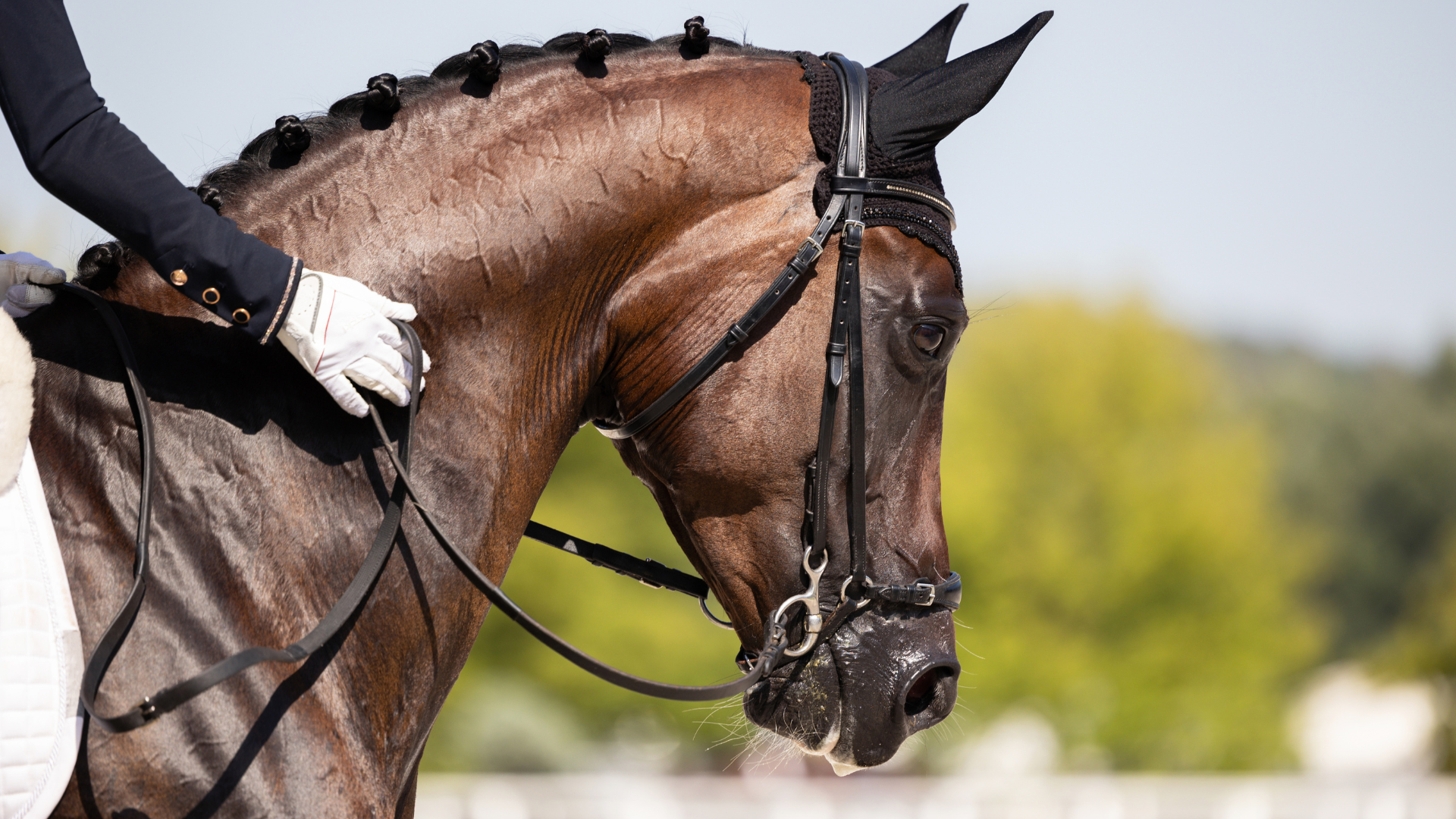
September 22, 2021
Feeding The Equine Athlete
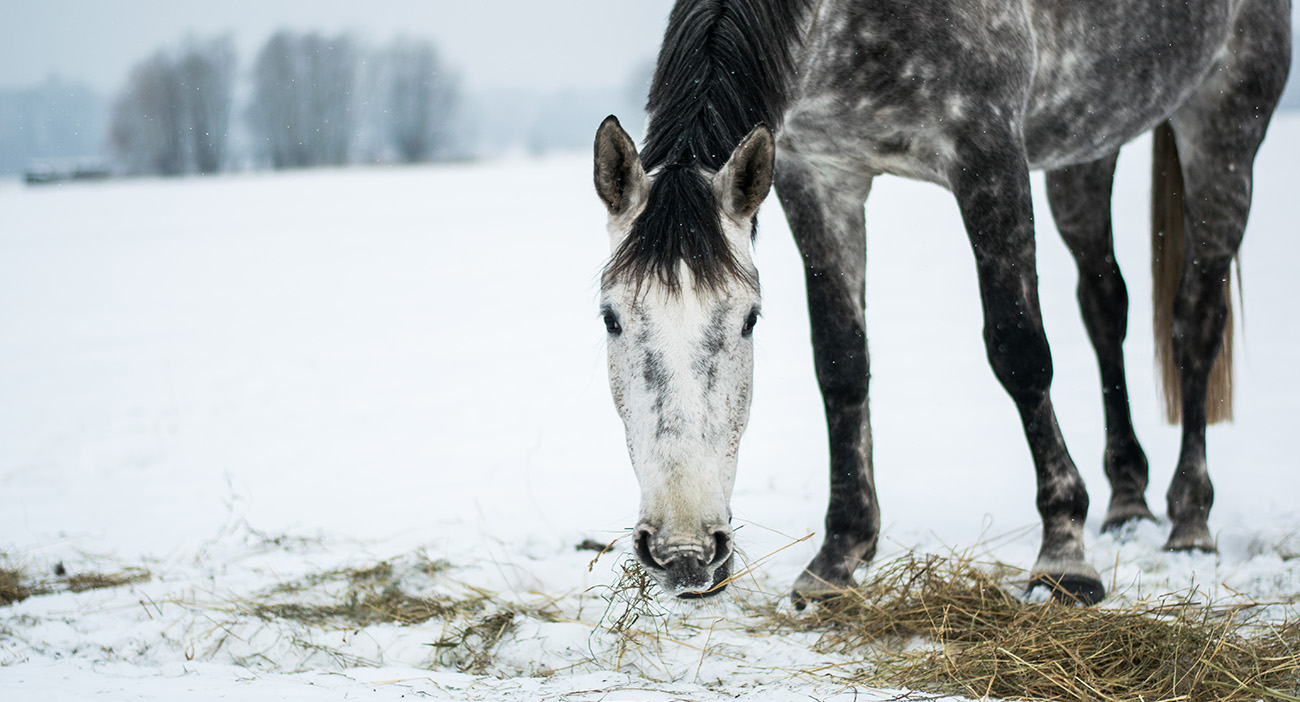
September 7, 2021
How To Feed Your Horse Indoors This Winter
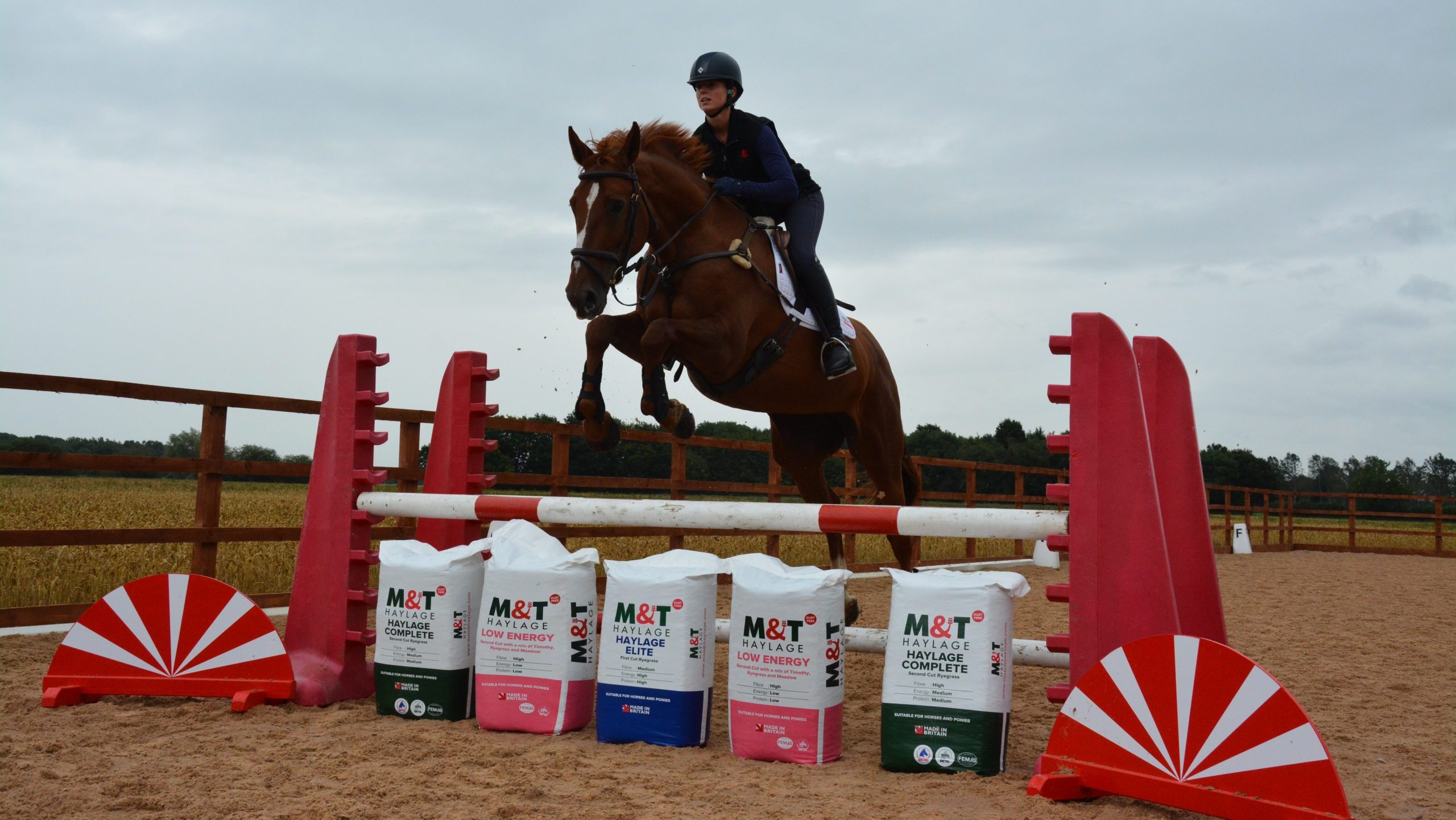
December 7, 2020
Premium Horse Forage: Ask The Nutritionist
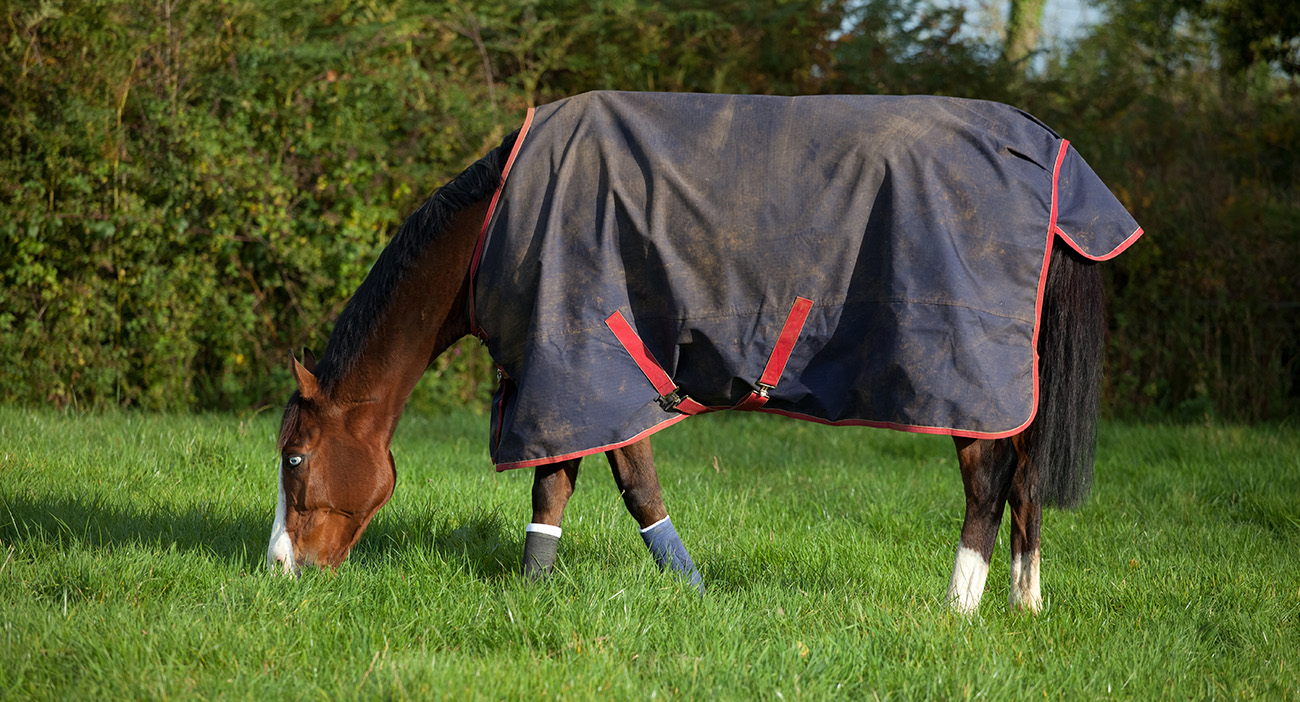
July 9, 2020
Top Tips For Managing Forage For Horses On The Go: Part One
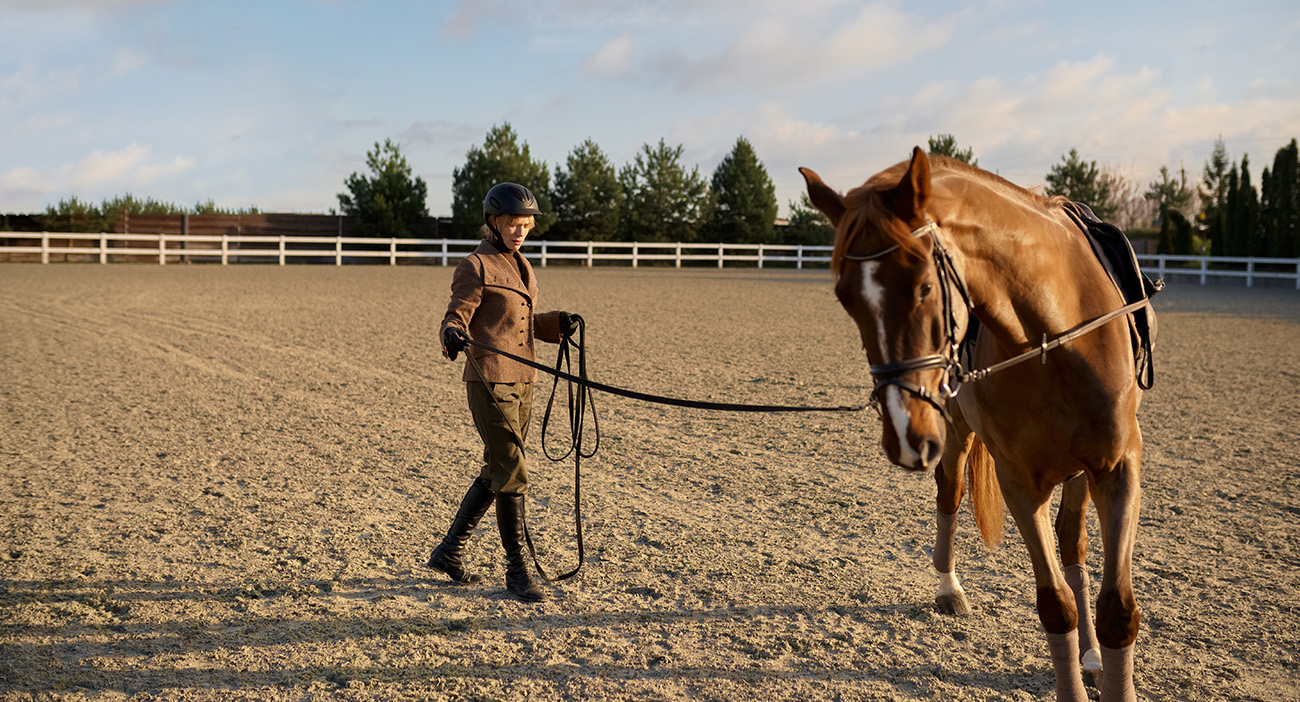
January 16, 2020
Haylage Myth Buster: Nutritionist Top Tips for Horses





